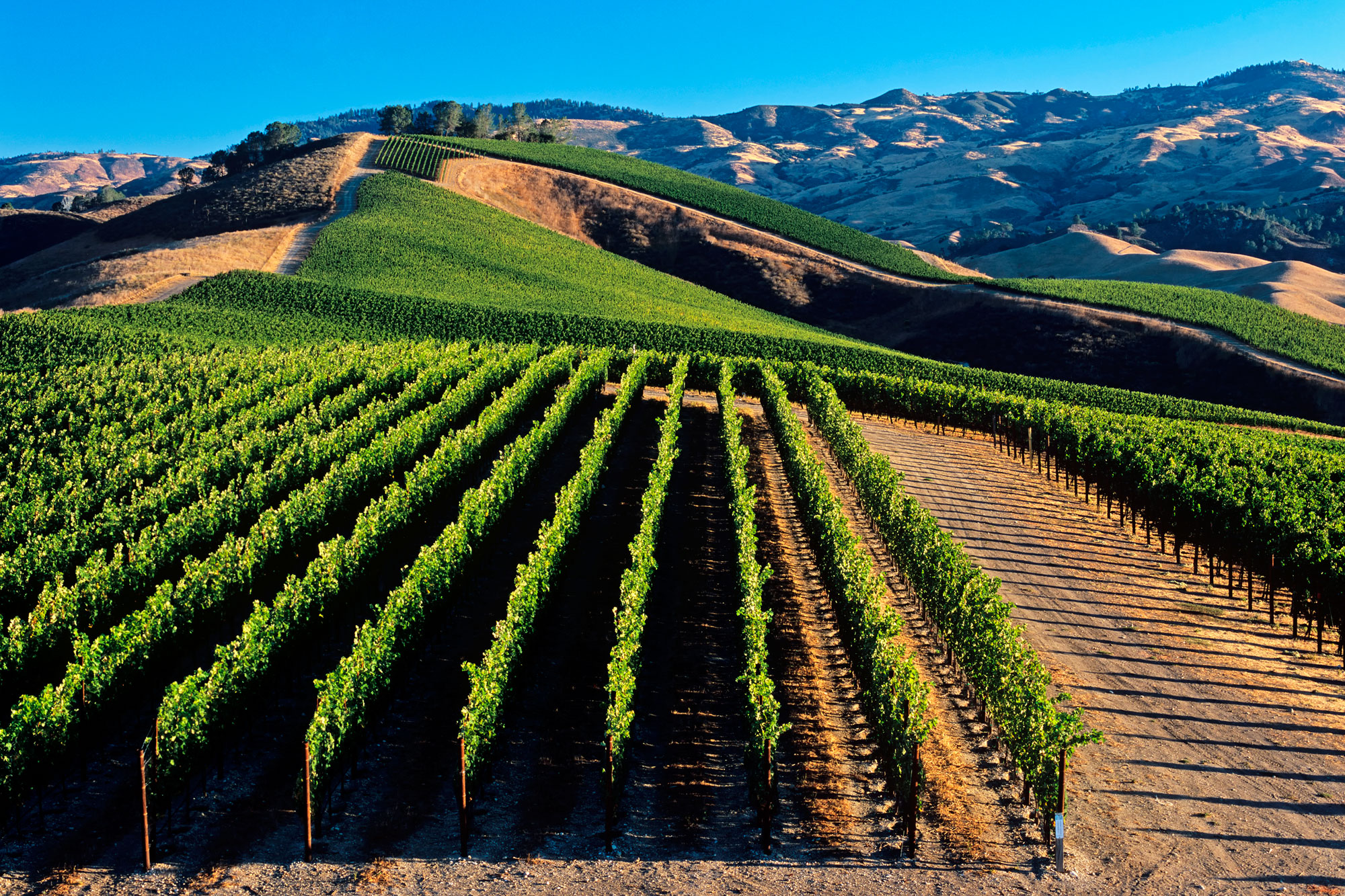Imagine rolling hills, covered in rows and rows of grapevines. This is what comes to mind when we talk about the vineyard landscapes of Piedmont. Specifically, we're looking at the areas of Langhe, Roero, and Monferrato. Let's break down what makes these landscapes so special.
What is a "Vineyard Landscape?"
First, let's define our terms. A vineyard is simply a field where grapevines are grown. These vines produce grapes, which are then used to make wine. When we say "landscape," we mean the overall appearance of an area. Think about how a painting shows a scene. So, a vineyard landscape is the way the area with the grapevines looks and feels. It includes the hills, the soil, the plants, and sometimes even the buildings nearby.
Now, consider a farm. It's not just one thing. It includes the fields, the barns, the farmhouse and everything else necessary for cultivating the land. A vineyard landscape is similar. It's not only the vines themselves. It includes the land they are planted on, and all other relevant elements. This can have cultural and historical significance too. It can be shaped by tradition and generations of work.
Piedmont: The Foot of the Mountains
Piedmont is a region in northwestern Italy. The name comes from the words "at the foot of the mountain". "Pied" means foot and "mont" means mountain in French. This perfectly describes its location nestled against the Alps. Think of it like a cozy village at the base of a ski slope. Piedmont is known for its beautiful landscapes, rich history, and, of course, its world-class wines.
This region has a unique climate. The mountains protect it from harsh weather. The rolling hills provide different exposures to the sun. These all contribute to the specific conditions needed for growing grapes. It's like having a specially designed garden that is perfect for certain types of plants. In this case, the plant is the grapevine.
Langhe: The Heart of Wine Country
The Langhe is a hilly area within Piedmont. It's considered the heart of the region's wine production. This area is famous for its prestigious red wines, such as Barolo and Barbaresco. Think of Langhe as the place where the magic happens. Its soil, climate, and the skill of the winemakers come together to create exceptional wines.
The landscape of the Langhe is characterized by steep hills. These are covered in vineyards that seem to stretch as far as the eye can see. These hills create a stunning visual effect, especially during the autumn when the leaves turn vibrant shades of red and gold. It is like the colors of a sunset painted on the hills. The whole landscape reflects the changing seasons.
Roero: Beyond the Tanaro River
Roero is another hilly area in Piedmont, located north of the Tanaro river. While Langhe is primarily known for red wines, Roero also produces excellent white wines, such as Roero Arneis. Imagine crossing a river and entering a different but equally beautiful world. That's what it's like to move from Langhe to Roero.
The landscape in Roero is a bit more rugged and less manicured than in Langhe. There are steep cliffs and woodlands alongside the vineyards. It is as if nature reclaims certain sections of the land. The region has a wilder feel. This creates a contrast that is both beautiful and interesting.
Monferrato: Sparkling Wines and Historical Charm
Monferrato is the largest of the three areas. It's known for its production of sparkling wines like Asti Spumante. It also has a rich history, with castles and medieval towns scattered throughout the landscape. Think of Monferrato as a region that combines the best of both worlds: wine and history.
The landscape in Monferrato is more diverse than in Langhe and Roero. It includes rolling hills, plains, and even some flatter areas. This variety allows for the cultivation of different types of grapes. It creates a wider range of wines. The historical buildings add a sense of timelessness to the region.
Why are these landscapes so important?
The vineyard landscapes of Langhe, Roero, and Monferrato are more than just pretty scenery. They are a vital part of Italy's cultural heritage. They were recognized by UNESCO as a World Heritage site in 2014. This designation recognizes the unique beauty and cultural significance of these areas.
These landscapes tell the story of generations of winemakers. They have carefully shaped the land to produce world-class wines. The steep hillsides, the stone walls, and the traditional farming techniques all reflect a deep connection to the land. The landscape is not just vineyards. It reflects centuries of knowledge and tradition.
The vineyards are also important for the local economy. They support the livelihoods of many people who live in the area. Tourism related to wine and food is a significant source of income. This helps to preserve the cultural heritage. It also encourages sustainable development.
Think about it like this:
Imagine your favorite park or a local farm. It's not just about the grass or the crops. It's about the feeling you get when you are there. It is the community that has built it over time. The vineyard landscapes of Piedmont are similar. They offer a unique combination of natural beauty, cultural heritage, and economic value. They are definitely worth discovering!
So, next time you hear someone mention Barolo or Asti Spumante, remember the rolling hills and the beautiful vineyard landscapes of Langhe, Roero, and Monferrato. They are an integral part of the story behind these delicious wines.

